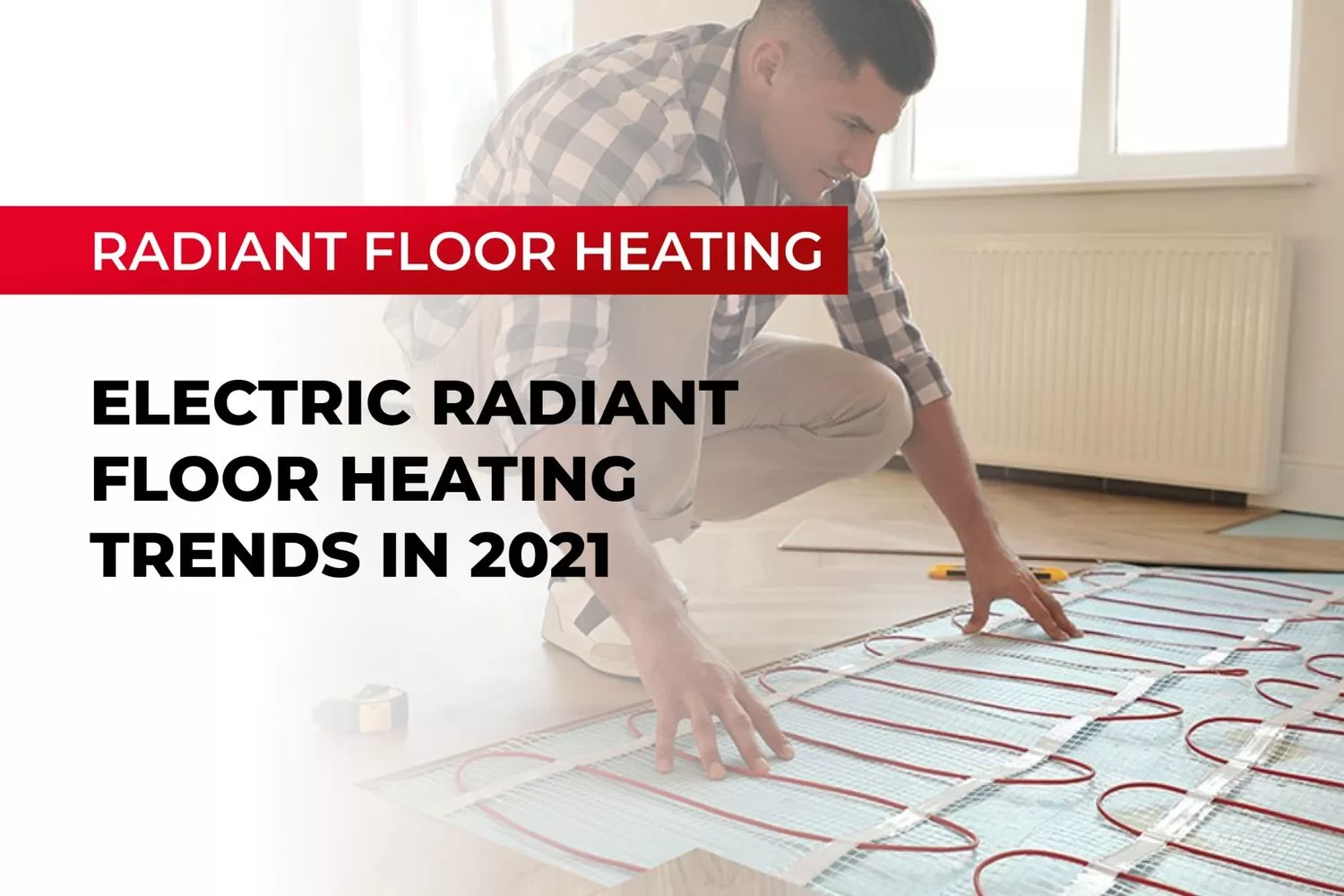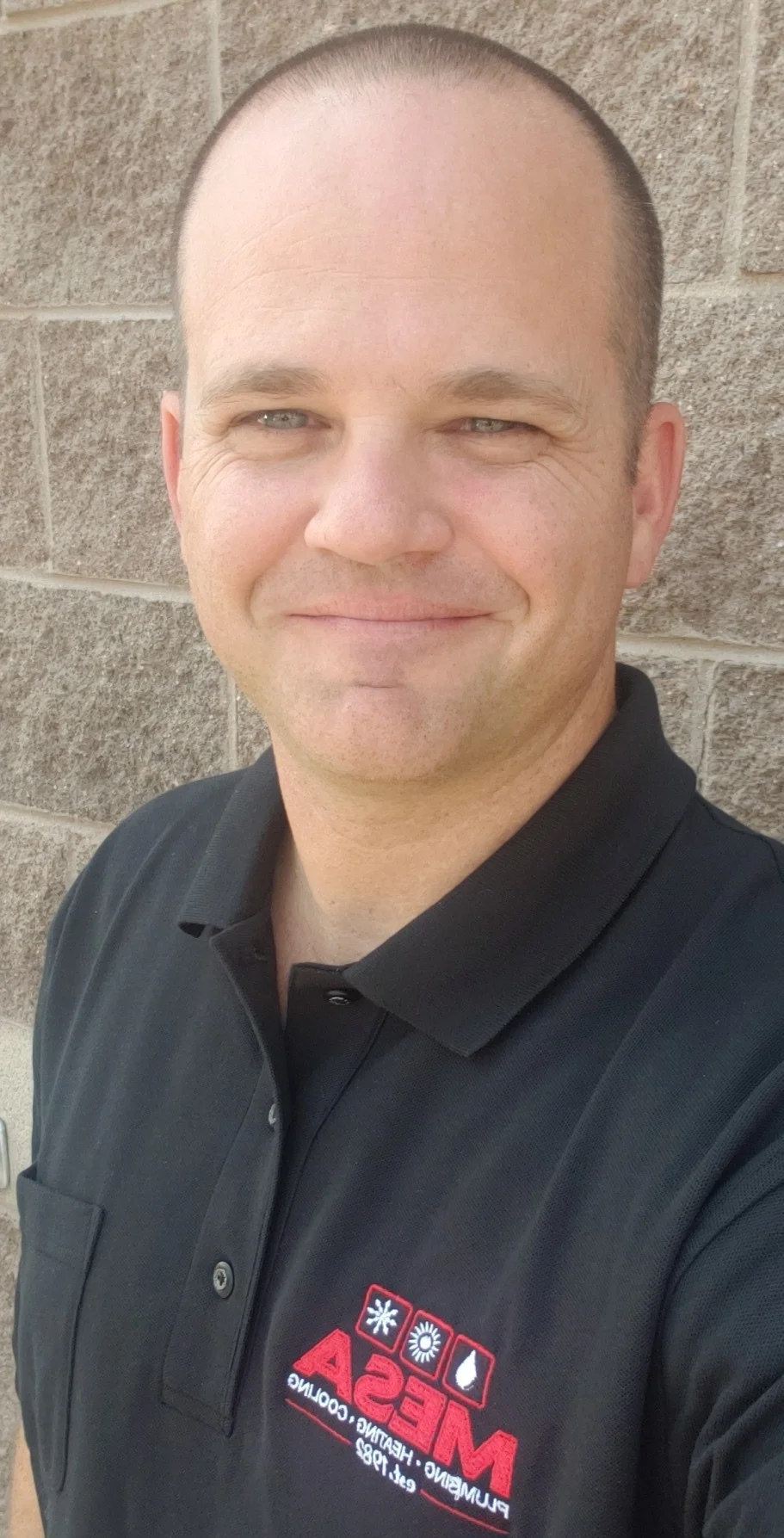During the last few decades, changes in heating products have led to innovative products designed to produce heat safely and effectively. Floor heating products have seen their share of changes. We’ll look at some promising electric radiant floor heating trends.
Heating Cable with Uncoupling Membrane
We’re seeing more installers using a combination of cable used for heating the floor with an uncoupling membrane. Homeowners and installers prefer this method because it’s quicker and is a more favorable approach for delicate floor coverings.
Drastically reduced installation time makes this combination method more popular than older, standard methods, and the results are neater and longer-lasting.
Because tiles and substrates expand and contract differently, based on temperature and moisture characteristics, a kind of stress-relief mechanism needs to be in place.
It’s the uncoupling layer or membrane that provides cavities of open space for lateral movement to remove the stress of movement between the building’s substrate and the tiled surface, which helps prevent cracked or loose tiles.
Greatly Reduced Job Time
A typical electric radiant floor heating installation normally requires the installer to embed the heating elements into a layer of self-leveling cement which needs to cure, before going further.
The uncoupling membrane allows the installer to place the prepared membrane down, attached to the subfloor with self-leveling cement.
Once they lay the cable in the membrane, installers can work backward out of the room while they work on the clean surface of the membrane.
The process described here reduces the installation time of radiant heat flooring to just one day, compared to multiple days before the change. It’s no wonder why homeowners and installers strongly approve.
An additional benefit of using the new process is that it helps extend the existing benefits to more fragile floor coverings like tile, marble, and stone.
The finished radiant heat flooring remains protected from foundational movement reducing cracking and popping, or breaking caused by movement underneath the floor at the subfloor level.
The improvements in installing flooring using uncoupling membrane are a trend likely to continue growing because of their wide acceptance. Increased customer satisfaction and lasting benefits are key factors in the positive change.
Use of Spot Heating Techniques
A newer trend in comparison is that of installing spot heating instead of full-floor heating. It cuts down on product and installation costs. This new technique places heating elements in areas considered as high-traffic.
Bathrooms are a good example for spot radiant floor heating. The area in front of a vanity is a likely area, and in the kitchen, between the range and island countertop, for example.
The idea behind spot heating in these areas is to heat areas seldom used and concentrate on heavier used areas instead. Spot heating is a popular option for folks on a budget but would like to add radiant heating into their remodeling plans.
Installing heating elements only where they’re needed cuts down installation costs and operational costs without sacrificing the added benefits and comfort using radiant heating.
How Technology Helps with Trending Concepts
Smart thermostats and furnaces help keep costs down and comfort levels high. Advances in new technology made incorporating electric radiant floor heating into the home automation aspect easier.
One notable example is that now homeowners can control their floor heating system better by preventing it from turning on while the AC is running.
Smartphone technology and teleconferencing apps like Zoom allow installers to communicate directly with radiant floor-heating experts to help avoid costly installation mistakes.
Radiant floor-heating projects don’t occur every day, so extra advice is always helpful when necessary.
Also, the COVID-19 situation allowed many installers to begin remote monitoring of installations, keeping the number of people required on-site to a minimum but still maintaining a similar level of experience and ability on-site at all times.



